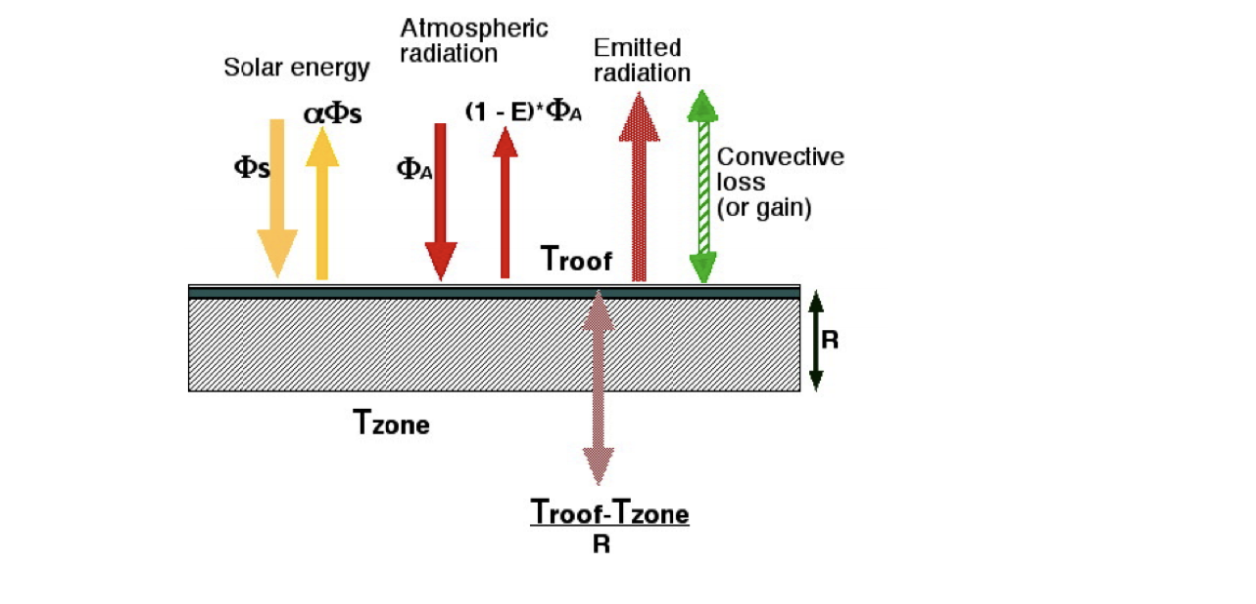OverviewNanomaterials enable optimization of optical, opto-electrical and thermal responses to this urgent task. Optical harmonization of material responses to environmental energy flows involves (i) large changes in spectral response over limited wavelength bands (ii) tailoring to environmental dynamics. The latter includes engineering angle of incidence dependencies and switchable (or chromogenic) responses. Nanomaterials can be made at sufficient scale and low enough cost to be both economic and to have a high impact on a short time scale. Issues to be addressed include human safety and property changes induced during manufacture, handling and outdoor use. Unexpected bonuses have arisen in this work, for example the savings and environmental benefits of cool roofs extend beyond the more obvious benefit of reduced heat flows from the roof into the building. |

|
Technical Details
Optical harmonization of material responses to environmental energy flows involves (i) large changes in spectral response over limited wavelength bands (ii) tailoring to environmental dynamics. The latter includes engineering angle of incidence dependenci

|

|